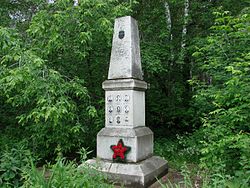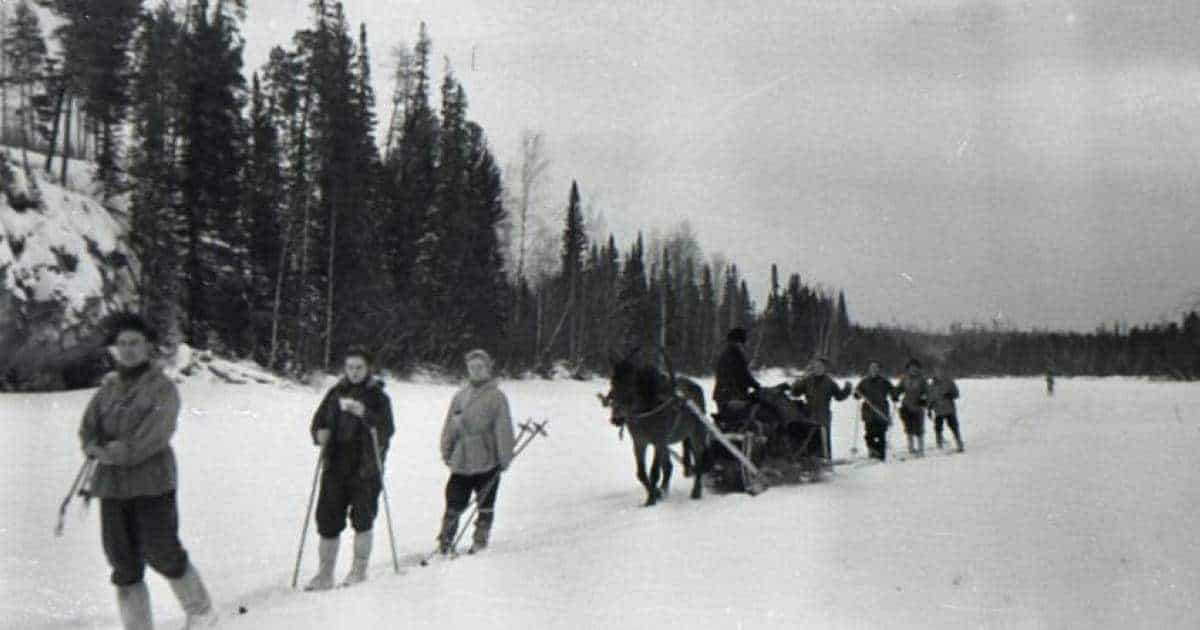People all over the world enjoy various forms of outdoor activities, and hiking is certainly the most popular and accessible. Millions of people enjoy leisurely strolls along nature parks, while some opt for more rigorous paths up mountains and through extreme terrain. It pays to be knowledgeable about your surroundings, have training in first aid, and have certain skills that would benefit yourself and any companions that have been brought along. Generally, the worst and most common accidents to befall hikers are scrapes and sprains. However, hikers every year face deadly situations that prevent them from their return home.
Exposure to the elements, deadly falls, and animal encounters are typically the ways in which most hikers will meet their untimely deaths. Yet, there are some mishaps that are rather unexplained. One such case of unexplained hiker death is that of Dyatlov Pass. This mystery has left researchers, detectives, and the public utterly puzzled for the last five decades. Nine experienced hikers went on a treacherous trek in the Ural Mountains in Russia between February 1st and February 2nd, 1959; none of the nine returned, but rather, were found dead in various and unexplained ways.

The Dyatlov Pass incident has inspired a slew of documentaries and books, both fact and fiction, over the years. Both professional and self proclaimed detectives have made attempts to produce logical explanations for these young hikers’ deaths, but in the end, are left unsatisfied. There are a multitude of theories regarding the incident, ranging from practical to outlandish. Aliens, secret government conspiracies, scorned lovers, and panic induced hysteria have all been circulating theories.
The group originally consisted of ten Ural Polytechnical Institute students: Yuri Doroshenko, Lyudmila Dubinina, Yuri (Georgiy) Krivonischenko, Alexander Kolevatov, Zinaida Kolmogorova, Rustem Slobodin, Nicolai Thibeaux-Brignolles, Yuri Yudin, and 38 year old Semyon (Alexander) Zolotaryov and their leader from whom the incident was named after, Igor Dyatlov. Yuri Yudin suffered from many health problems, including a heart defect and rheumatism. He did not follow through with the planned trek and turned back due to joint pain. It was this joint pain that surely saved Yudin. He was the only member of the group to survive.
The group had planned a grand skiing trip. All eight men and two women were Grade II hikers. Along with their obvious hiking experience, they also had ski tour experience. They were all to receive a Grade III rating upon their return, which at the time, was the highest level one could earn in Soviet Russia. Their goal was to reach Otorten, an intimidating mountain 6.2 miles north of where all the bodies were eventually found. The route the hikers had mapped out in February was considered a Category III, the most difficult. Due to both the experience needed, the expected danger, and the publicity of the incident, this region was closed to all hikers for three years after the remains of the hikers were found.


